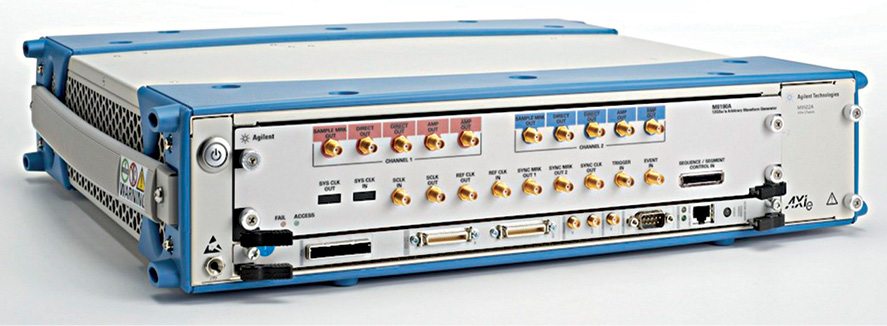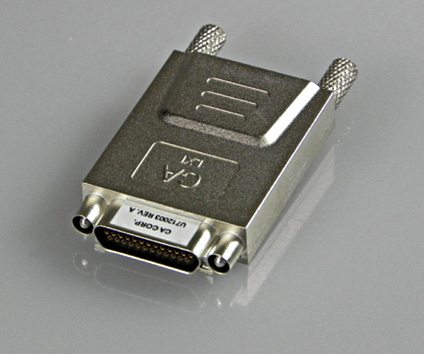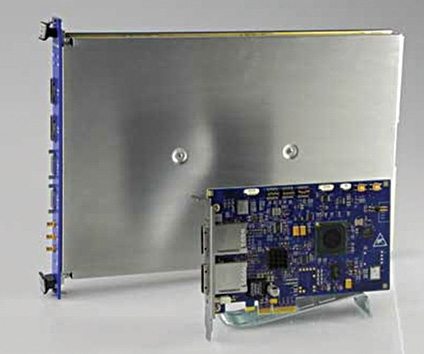The architecture of a test and measurement system depends upon the needs and future requirements of its intended applications. While investing in cutting-edge technology is a must to keep pace with today’s innovation, it is not always economically viable to move to an entirely new platform. Here we compare the various test platforms, helping design engineers to make an informed selection.
LXI
LAN eXtensions for Instrumentation (LXI) is an Ethernet-enabled instrumentation standard, introduced in 2005, with the aim to ride on the success of the Internet. With the Internet gaining widespread popularity, the Ethernet bus interface was chosen due to its versatility and easy accessibility.
The LXI consortium is an industry consortium of 53 test and measurement companies that maintains the LXI specification, promotes the LXI standard and ensures interoperability. It continues to keep pace with advancements in its ecosystem. For instance, it recently announced the adoption of the IPv6 extended function, which ensures that LXI vendors approach IPv6 in a consistent way before its use in test systems becomes widespread.



LXI-based systems are built on a backbone of small modular instruments that utilise the low-cost, open-standard local-area network (LAN) or Ethernet. Of course, there are other modular instruments available that work on competing platforms, but the advantage of LXI systems is that these do away with the cost and complexity of card-cage architectures. Furthermore, the integration of instruments is a breeze.
Binoy Johnson, a hardware design engineer, says, “The difficulties faced with Ethernet-based systems also make their way here. LXI-based systems would require you to rope in your IT department for instances such as discovering the instruments and then setting them up.”
“While there have been many claims that LAN (or other buses) are ideal for all applications, the reality is that each bus has different strengths and real-world systems take advantage of multiple busses in a unified software framework. In particular, LAN is well suited for distributed applications, but not necessarily for desktop measurements or automated test”—notes the National Instruments’ whitepaper ‘Understanding LAN/LXI for Instrument Control.’
Another feature built into this platform is interoperability. LXI devices can communicate with PXI and VXI instruments by utilising the interchangeable virtual instrument (IVI) driver that the standard mandates for just this purpose.
Sadaf Arif Siddiqui, marketing programme manager, Agilent Technologies, says, “While the platforms are many, we maintain common measurement science and algorithms across all portfolios so that users can easily mix-and-match the best of products and don’t face any compatibility issue.”
VXI
VME eXtensions for Instrumentation (VXI) is the oldest platform discussed here. Launched way back in 1988, it is an open standard platform for automated test. This platform was established by Hewlett Packard (now Agilent Technologies) and Tektronix.
Although an old technology, VXI does have its plus points. “A good thing about VXI instruments is that they can be power cycled independently of the PC. This allows you to keep away from the frustrating task of rebooting the PC,” says Johnson.

VXI is based on the older VersaModule Eurocard (VME) bus developed for the Motorola 68000 line of CPUs, which is not a part of the latest computer architectures and leaves VXI unable to take complete advantage of the advances in PC technology and software. The engineers need to be trained to understand the VXI programming.
“To modernise an existing VXI system, it is more cost-effective to invest in a PXI chassis and controller to control the VXI system using Mxi-2 technology rather than purchase a new VXI controller”—notes the NI whitepaper ‘Working with VXI Platforms.’
However, as a PXI- or VXI-based system can be heavily dependent on the performance of the host PC, in order to get higher performance, you might have to spend a bigger amount in the initial stage itself.
Mike Gooding concludes his paper ‘VXI Plug ‘n Pray’ with some informative remarks: “The test industry has come a long way in providing integrators with instrument hardware that plug together electrically and physically. Their companion efforts in software have not been as simple, nor well-defined. These software efforts have produced significantly easier integration of instruments into test systems. However, we are still far from declaring successful achievement of plug-and-play ease to integration. It is still very much a plug-and-pray activity.”
AXIe
AdvancedTCA Extensions for Instrumentation and Test (AXIe) is a new modular test instrument standard. It is an open standard that creates a robust ecosystem of components, products and systems targeted at general-purpose instrumentation and semiconductor test.








